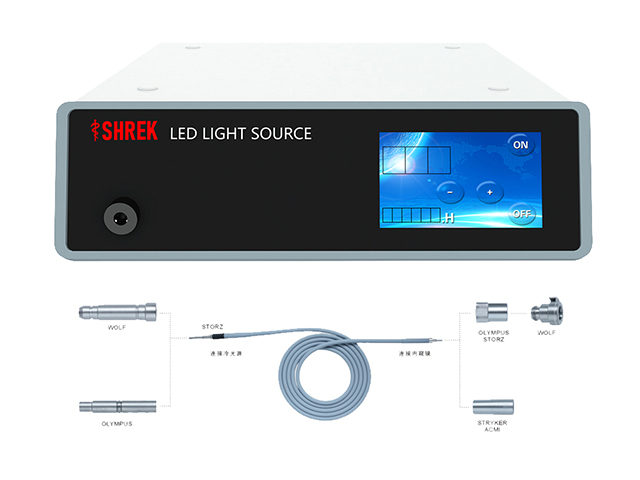
A cold light source is an essential component of a medical endoscope. The cold light source is used to provide a bright, white light that illuminates the internal organs or cavities being examined by the endoscope.
The light produced by a cold light source is generated by passing an electric current through a tungsten filament. This produces a bright, white light that is then filtered through a series of lenses and mirrors to produce a focused beam that can be directed by the surgeon or medical professional using the endoscope.
The use of a cold light source has several benefits over traditional light sources, such as halogen bulbs. Firstly, the light produced by a cold light source is much brighter and whiter than the light produced by a halogen bulb. This makes it easier for the surgeon to see the internal organs and cavities being examined, and also improves the quality of the images captured by the endoscope.
Secondly, a cold light source produces much less heat than a halogen bulb. This is important because the heat produced by a halogen bulb can cause tissue damage or burns if the endoscope is left in one place for too long. By contrast, the cool light produced by a cold light source is much safer and less likely to cause any harm to the patient.
In summary, the role of a cold light source in a medical endoscope is to provide a bright, white light that illuminates the internal organs or cavities being examined, while also being safe and cool to use. This makes it an essential component of any modern medical endoscope.


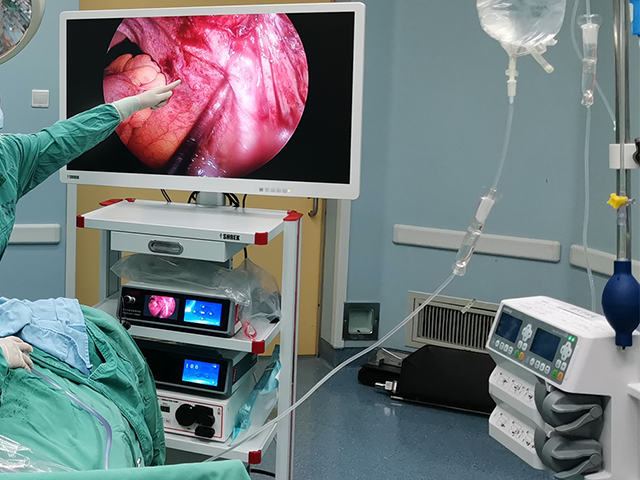
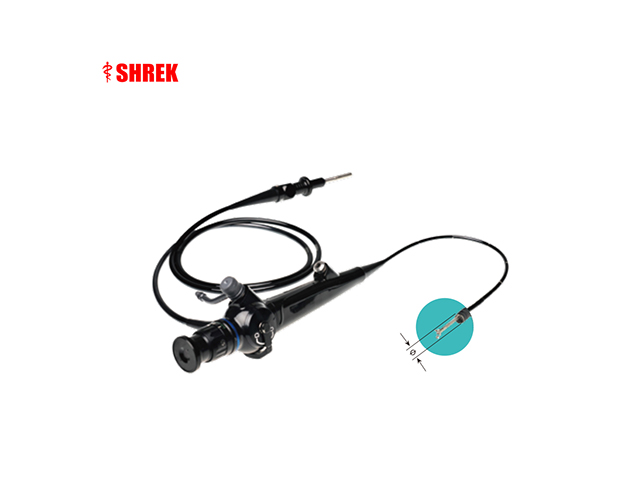
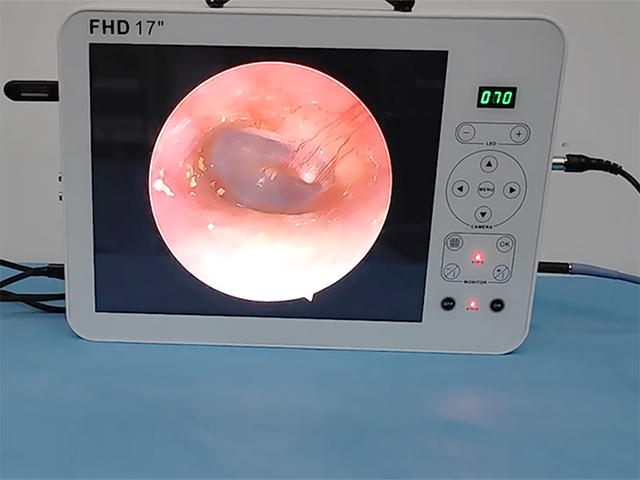
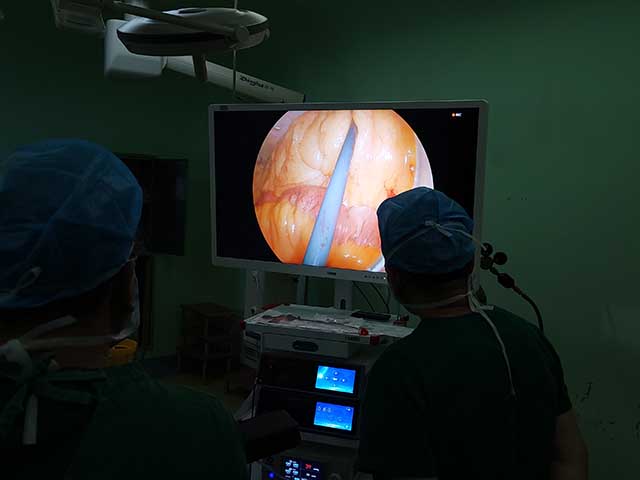
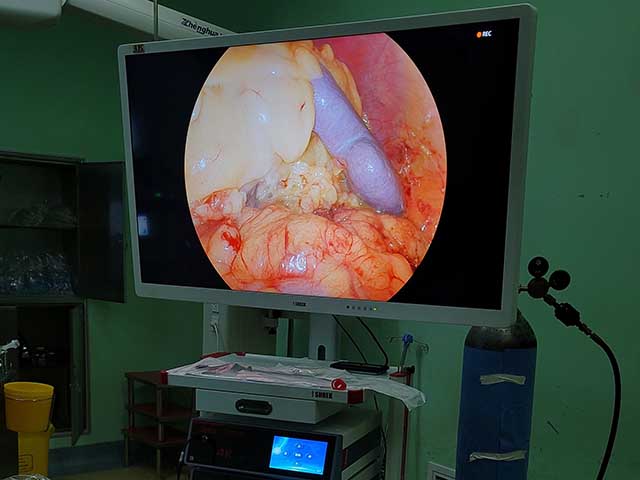

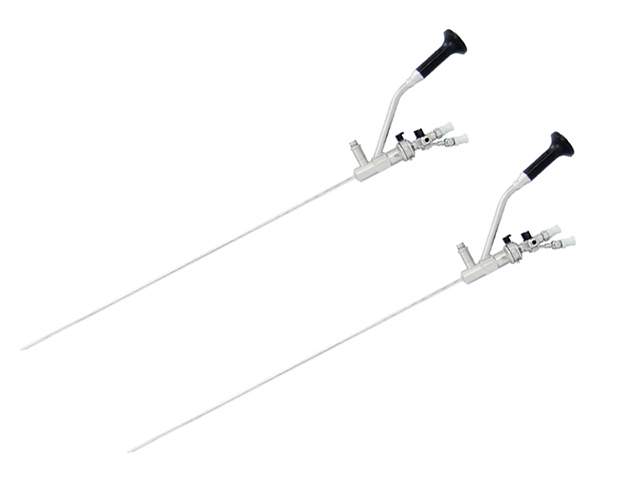
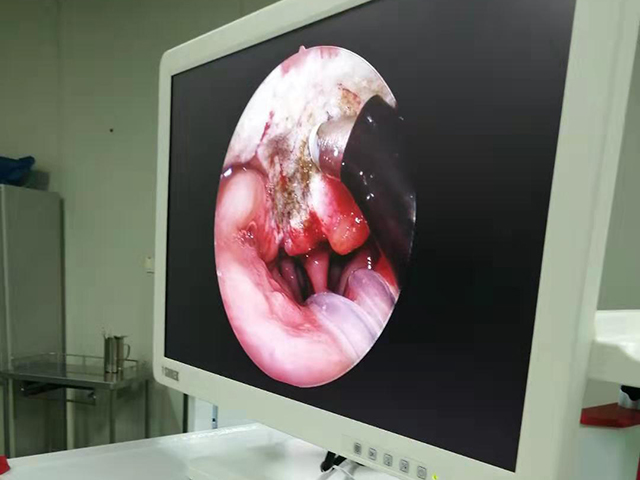
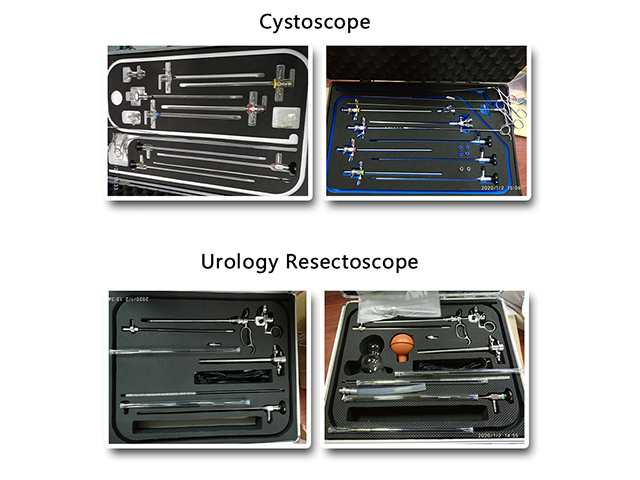
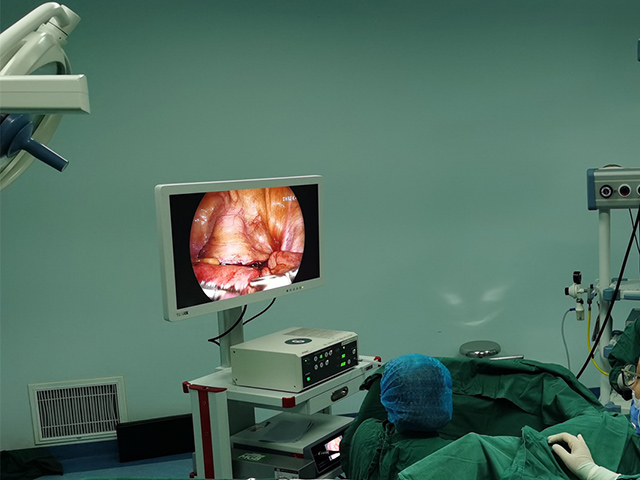
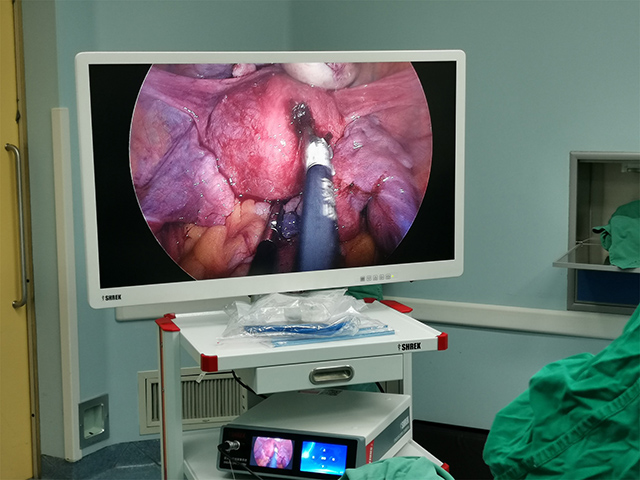
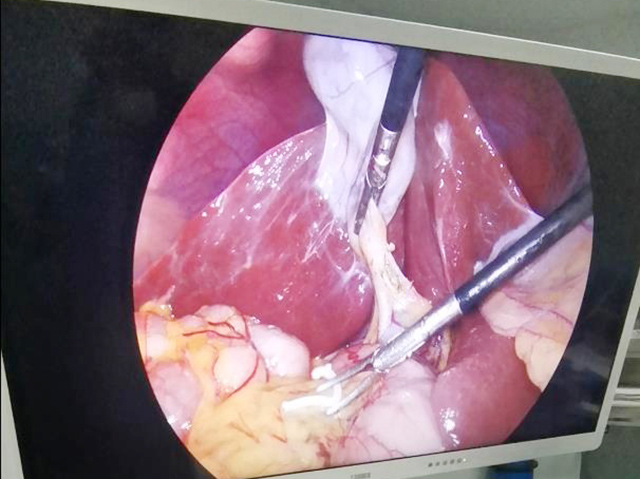

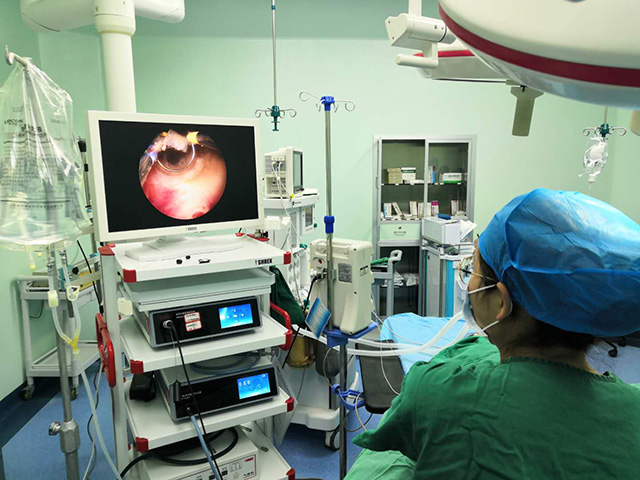
Leave A Inquiry